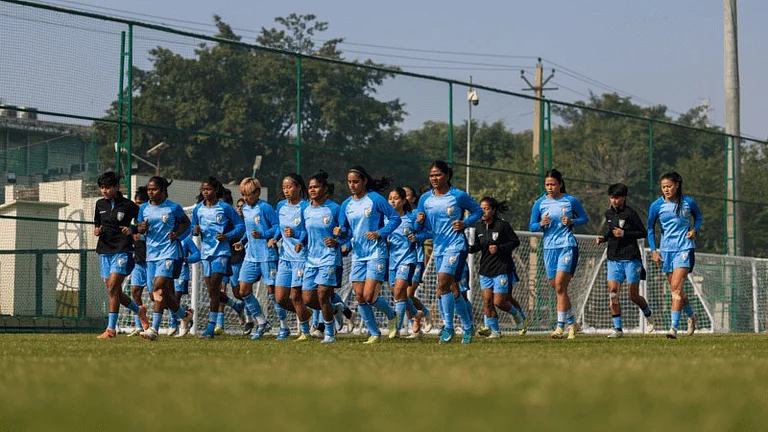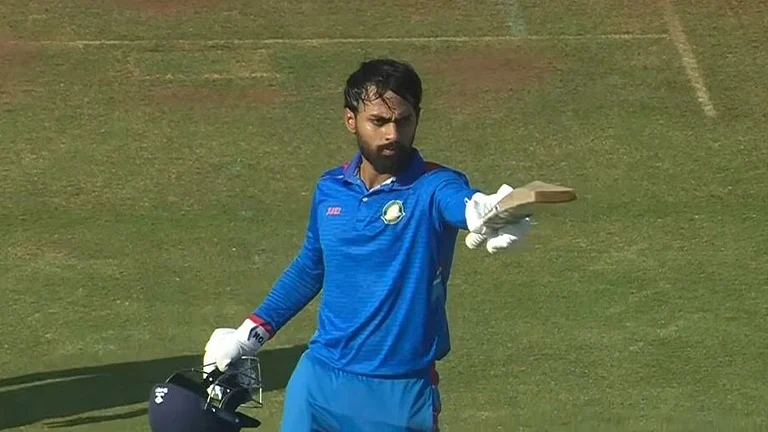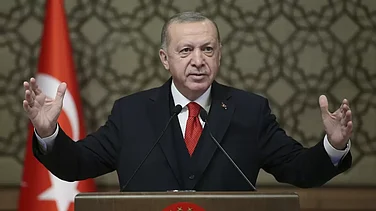As another year draws to a close, Yemen continues gasping for breath against the bone-chilling horror of a decade-long humanitarian crisis. The Yemen Civil War which developed into a full-scale crisis in September 2014 and considered one of the worst humanitarian crises, has seen soaring death tolls owing to incessant military offensives among the parties, counter-terrorism operations, pangs of hunger, deadly diseases and acute shortage of necessities. Although the war has subsided over the last year, the magnitude of displacement owing to the war and the recorded deaths which has inched near to 400,000 as recorded in 2022 has unleashed absolute mayhem in Yemen over the last decade.
Outlook charts the course of the Yemen Civil War which marks a decade of ensuing crisis in the coming year:
2014-2015
Following tensions and street protests surrounding rising fuel prices and political unrest, the Houthis and their supporters led by Abdul Malik Al-Houthi revolted against the Yemeni government headed by Abdrabbuh Mansur Hadi. Over the next few months, with the Houthis marching into the capital Sanaa, the Prime Minister and President's resignation gave way to the Houthi's establishment of a militant ruling council, seizing control of all establishments in January 2015, and establishing the Supreme Political Council in February.
Airport Attacks and Sanaa Mosque Bombings
Two consecutive days in March 2015 saw important events which tipped the domino in Yemen. On 19th, Hadi loyalists and troops clashed with the parties refusing to recognise Hadi's authority. The troops under General Abdul Hafez Al-Saqqaf who held loyalty to the previous President Ali Abdullah Saleh and the Houthis, surrendered and fled to Sanaa. The following day, the al-Badr and al-Hashoosh mosques in Sanaa were bombed resulting in the loss of 137 lives. ISIS, in direct opposition to the Irani-backed Houthis, claimed responsibility of the attack.
The Houthis declared mobilisation of forces- triggering an advance towards Southern Yemen. President Hadi fled from Aden, and sought asylum in Saudi Arabia, following which the Houthis took control of Taiz. This was followed by an intervention of regional powers led by Saudi, in support of the President in exile seeking to eliminate the Irani channels feeding into the Houthis. The crisis escalated, leading to the militarisation owing to a stand-off between Iran and the coalition.
2016-2017
In 2016, the Houthis and former President Saleh announced the formation of a political council which would govern Sanaa and Northern Yemen. However in 2017, Saleh went against the Houthis asking his supporters to take up arms. Houthis retaliated by defeating Saleh's forces in a couple of days and killing Saleh.
2018
Coalition forces marched to Hodeidah, the primary seaport in Northern Yemen, met with resistance from the Houthis. This culminated in the first ceasefire between the Saudi-led Coalition and the Houthis. Although other pockets like Taiz witnessed offensives, the truce was mostly held over the next couple of years, leading to a much-needed de-escalation in Yemen.
2019-2022
A Saudi-brokered deal saw the Southern Transitional Council (STC) incorporated into the internationally recognised government. Following the truce and the subsequent de-escalation, Saudi officially exited Yemen but continued to exert political influence on the land. However, with the beginning of 2021, things took a turn with the Houthis launching an offensive to seize Marib, a government stronghold in Northern Yemen, and conducting missile airstrikes on oil tankers, airports and other facilities in Saudi Arabia. The Saudi-led coalition responded with fierce airstrikes leading to the deadliest clash since 2018. This necessitated mediation and temporary truce talks which were upheld between the two major parties over the course of 2022. However, southern separatists continued to launch offensives seeking to re-establish their control over the area.
2023
With Iran and Saudi resuming diplomatic relations, negotiations to terminate the civil war found its initiation in March. However, in solidarity with Palestine and Hamas, the Houthis declared war on Israel. In a recent escalation of events on the Red Sea, one of the busiest maritime trade routes, the Houthis launched missiles and drones on oil tankers, with the aim of not letting shipping containers enter Israel. This has caused major disruption in the troubled waters of the Red Sea, prompting major market players to stop operations along the route for the time being.



























